Know your WA snakes: How to avoid a venomous bite, and what to do if you don’t
There are eight common species of snakes you might encounter in Washington and, while they bite and constrict prey, not all of them are venomous.
You’re more likely to find snakes spring into fall in Washington. They hibernate in winter.
Snakes are “one of nature’s most efficient predators,” and it’s recommended you leave them alone and view at a distance regardless of species, according to the Washington Department of Fish and Wildlife.
One venomous snake
Washington is home to many snake species across its many habitats, but these snake species are the most common, according to Fish and Wildlife:
Washington state only has one species of venomous snake, the Western rattlesnake, but the other species still pose a threat.
The Western rattlesnake is common in eastern Washington and can be distinguished by its triangular-shaped head, rattles on its tail and diamond-shaped pattern on its back. The snakes typically range between 18 inches and four feet long.
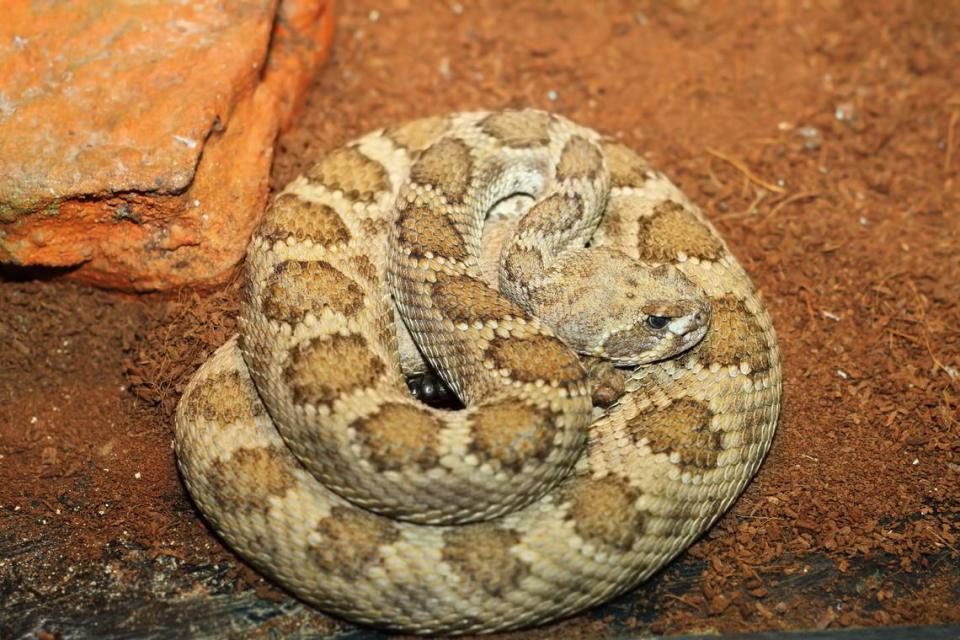
Western rattlesnakes’ venom stuns or kills their prey such as mice, squirrels, rabbits, woodrats and marmots. The rattlesnakes use their hollow fangs to inject venom and sometimes lose their fangs by embedding them into their prey.
Western rattlesnakes do not view humans are prey and typically do not bite unless they are threatened. Their fangs rarely have enough venom to kill a human but commonly cause painful swelling and discoloration.
Common snakes
Washington is also home to three species of garter snakes, some of the most common snakes across the state.
Garter snakes can bite or strike humans if they feel threatened. Small garter snakes eat prey such as slugs and earthworms, but larger garter snakes eat birds, fish, amphibians and rodents.
The common garter snake species is often found in mountainous areas, along coasts and even in sagebrush deserts, but are most common closer to water or in gardens. Common garter snakes have bright blue, yellow and green stripes across their backs.
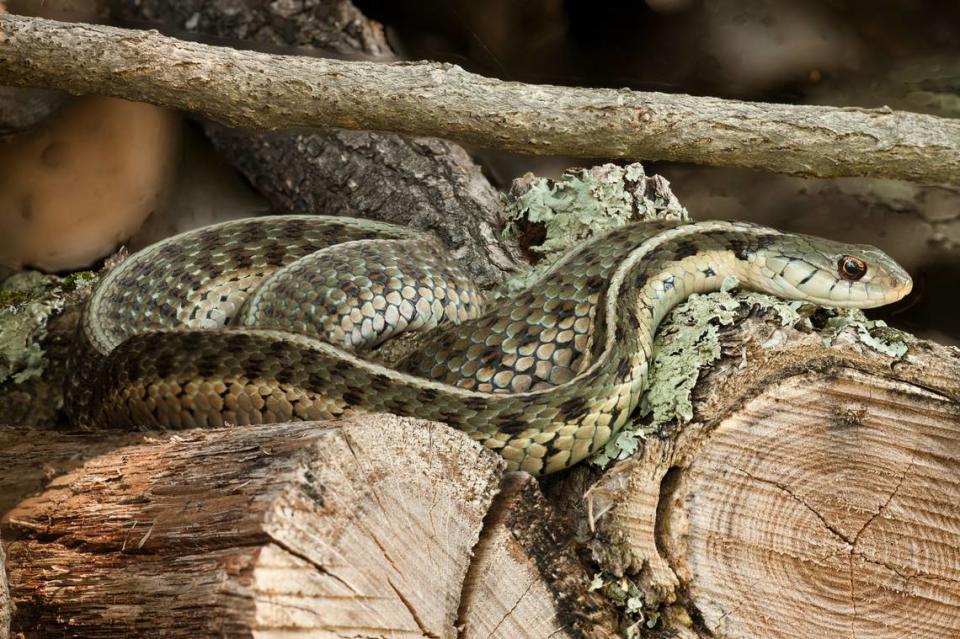
The Western terrestrial garter snake species is common in most habitats but spends a lot of time in water. These snakes are typically gray-brown or black with a checkered pattern and yellow stripes down their backs.
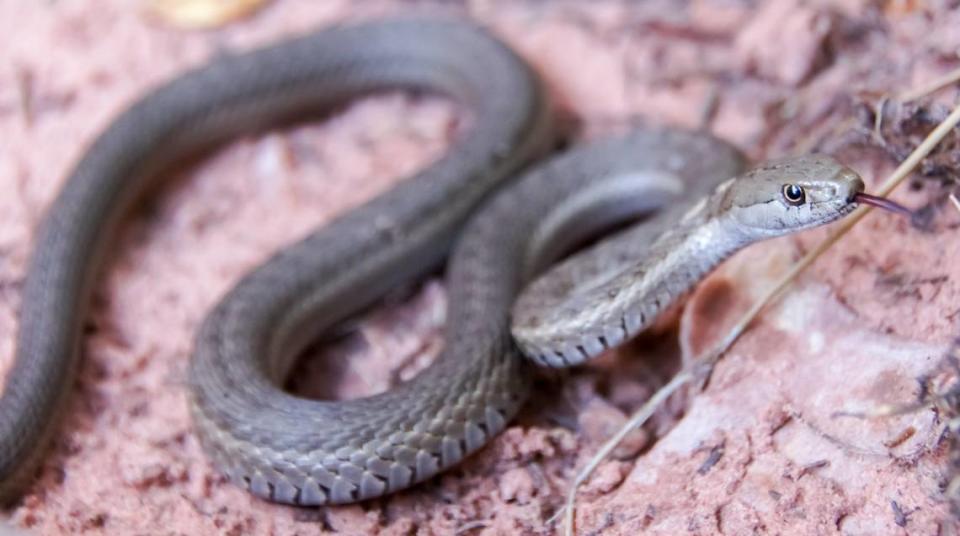
The Northwestern garter snake is the most frequently encountered garter snake and usually lives in coastal and mountainous areas, but are commonly found in city parks and suburban areas.
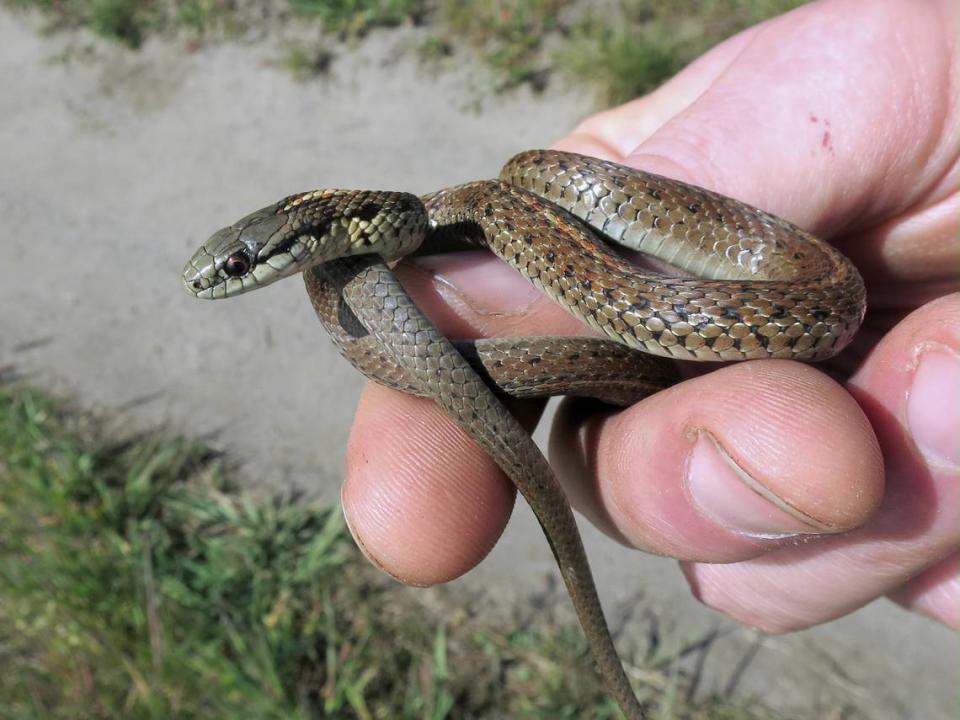
Another common snake species in Washington is the gopher snake, which kills its prey by constricting it. At three- to four-foot long, this snake is often mistaken for a rattlesnake because of its tan color. It is typically found in warm, dry habitats.
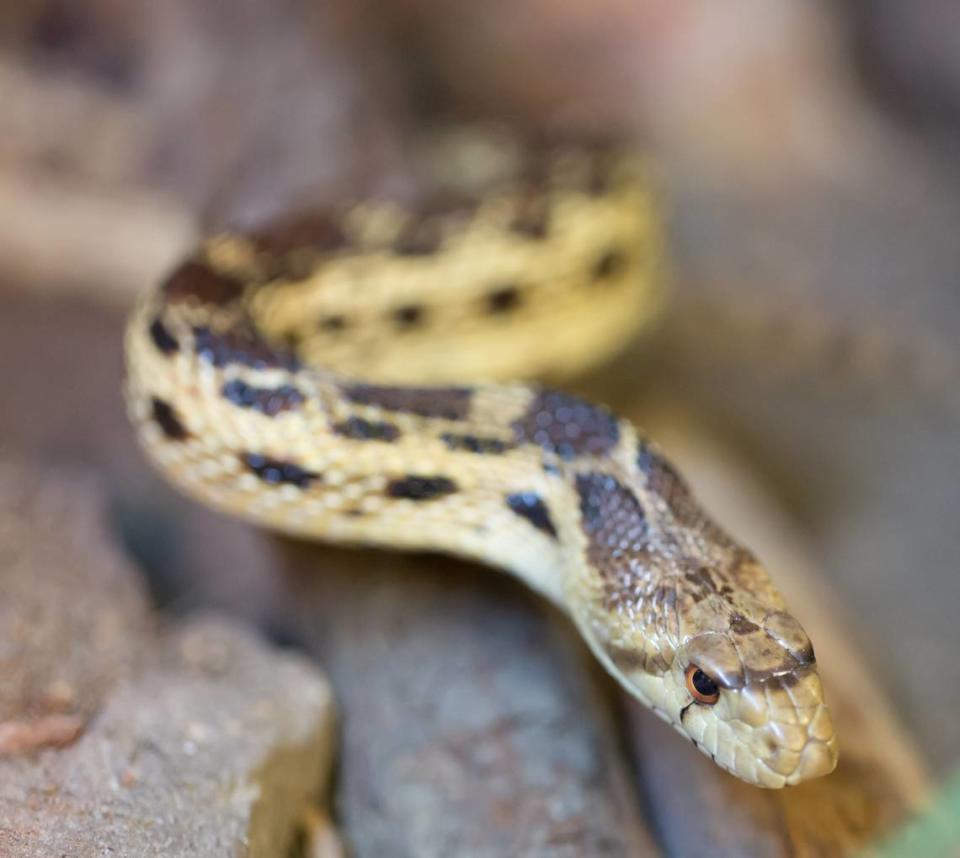
Racer snakes are also common in warm, dry and brushy areas of Washington and are known for their extremely fast speed. Racer snakes are typically brown or olive in color with a pale yellow belly and are able to climb into shrubs or other plants while hunting for prey.

Rubber boa snakes are one of the smallest species, only measuring 14 to 30 inches long. Their olive green, reddish-brown or tan skin looks rubbery and they are typically found in damp wooded, sandy or grassy areas.
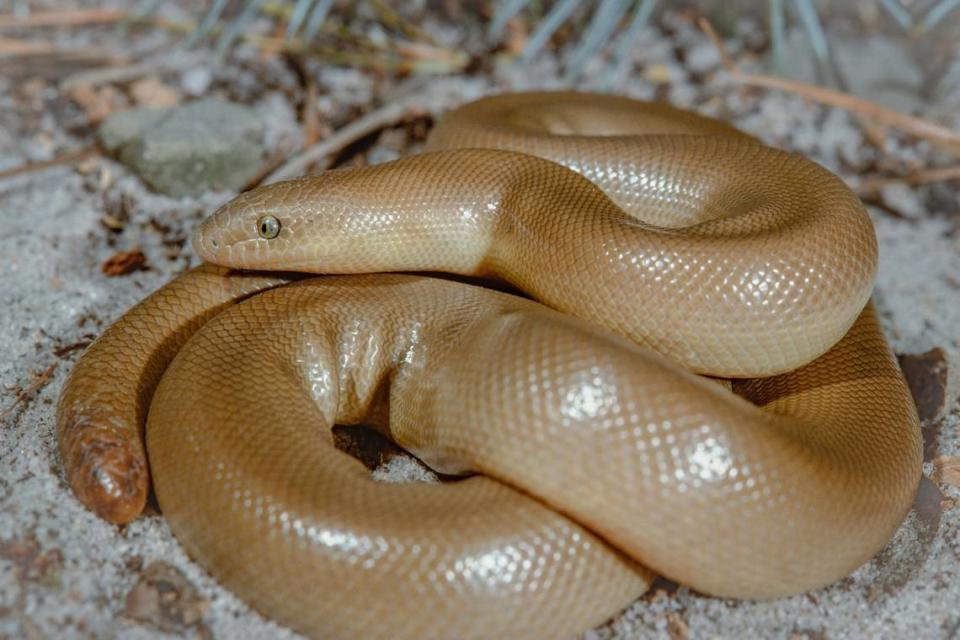
How to safely view snakes
Snakes should be left alone and viewed at a distance according to Fish and Wildlife, but if you come across a snake, here are a few guidelines:
▪ Snakes usually only hiss, bite or strike when they feel threatened, so be sure to stay calm while near a snake.
▪ Do not try to capture a snake, or keep it as a pet. Relocating a snake often results in their quick escape and possible death on roads or by predators.
▪ Be aware of snakes on trails, roads and concrete surfaces that keep them warm.
▪ If a snake gets into a building, stay calm and try to use a broom or other long pole to herd it outside. To avoid snakes in your home, fill in any holes and cracks along the ground level and seal the bottoms of doors.
▪ If you find a rattlesnake, move away immediately. If you are too close, the rattlesnake will coil and rattle as a defensive warning. If you are still too close, the rattlesnake will likely strike.
Sometimes it can be difficult to determine if a snake is venomous or not, but Wildlife Removal Vancouver says to look into snakes’ eyes. Venomous snakes have vertical-slitted pupils and nonvenomous snakes have round pupils.
How to treat snake bites
All snake bites should be treated as venomous bites, according to John Hopkins Medicine.
After a rattlesnake bite, a person may experience a multitude of side effects, according to CPR Seattle, an American Heart Association training center.
These are common side effects after a rattlesnake bite:
▪ Paralysis.
▪ Numbness.
▪ Nausea and vomiting.
▪ Feelings of panic.
▪ Breathing problems.
▪ Blurred vision.
How you handle a rattlesnake bite can have deadly consequences. If a rattlesnake bites a person or a pet, Fish and Wildlife advises:
▪ Keep the victim calm and keep the bitten area below the heart level to reduce the flow of venom to the heart. Restrict the victim’s movement and do not allow them to walk.
▪ Remove any rings or constricting items because of swelling.
▪ Wash the bite area with soap and water and cover the bite with a clean, moist dressing.
▪ Get medical help immediately. If the doctor does not know how to treat snakebites, call the Washington Poison Center at 888-222-122.
▪ Do not give the victim painkillers.
CPR Seattle also teaches what not to do after a snakebite:
▪ Do not attempt to suck out the poison from the wound, or cut the wound.
▪ Do not apply ice to the bite area.
▪ Do not use a tourniquet.
▪ Do not give the victim food or drinks, especially alcohol.
Non-venomous snake bites typically only need to be treated by cleaning the wound and keeping it dry, but if a bite victim starts to show serious side effects, immediately take them to receive medical help.
Here are Idaho’s 12 snake species. What to know and how to tell which are dangerous

